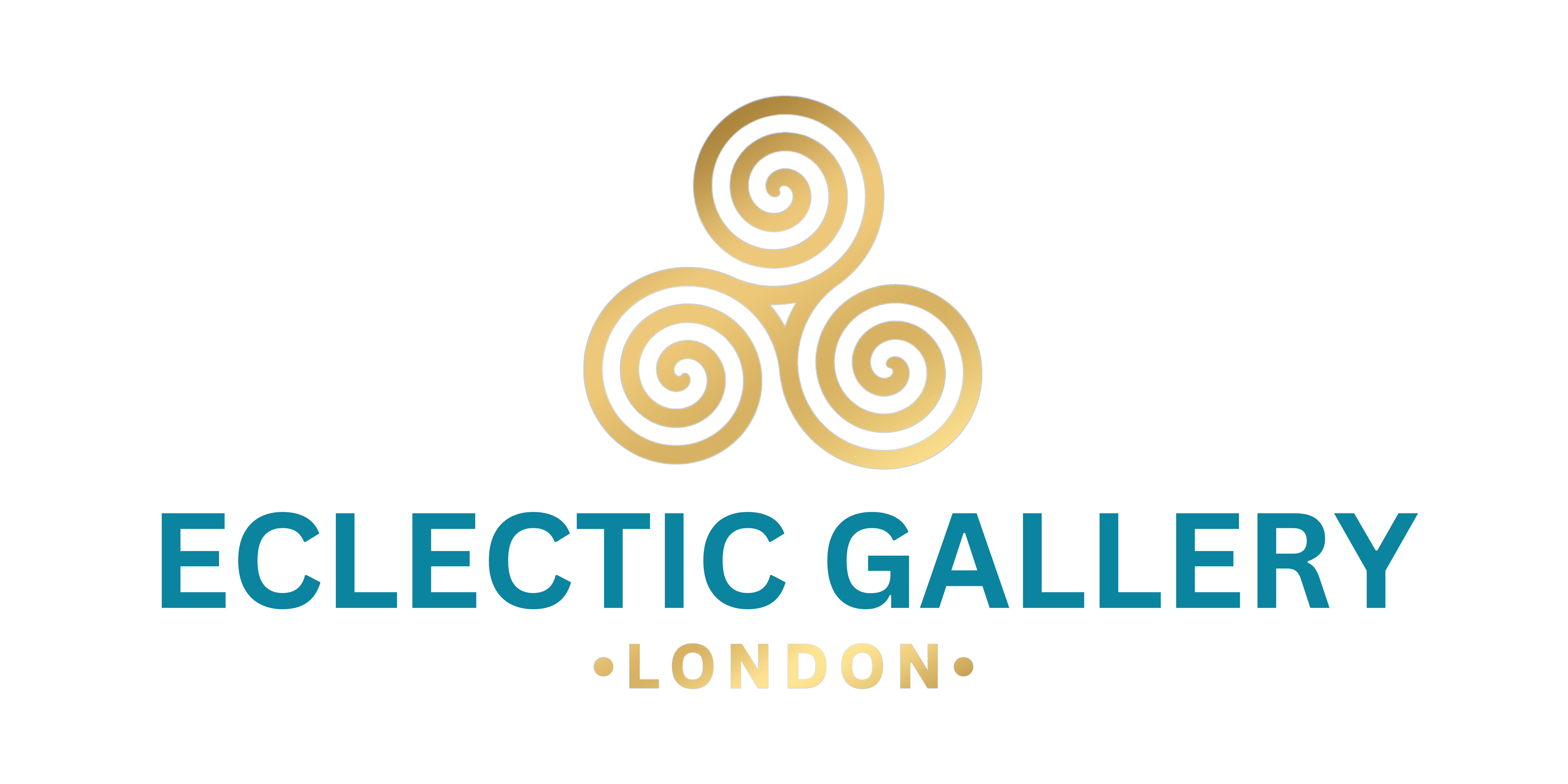Art and technology, once considered distant realms, have found a captivating intersection where the traditional and the contemporary dance in harmony. This convergence not only redefines the artistic landscape but also propels creativity into uncharted territories.
At the core of this intersection lies a symbiotic relationship. Technology serves as the catalyst for the innovation of art, providing new mediums, tools, and platforms for artists to explore and experiment. From digital painting to virtual reality installations, the marriage of art and technology has birthed a myriad of possibilities.
The relationship between technology and art is a dynamic exchange that goes beyond mere tools. It's a dialogue where technology influences the creation process and, in turn, art shapes the evolution of technology. This interplay results in a rich tapestry of expression, where pixels and paint coalesce to tell stories in unprecedented ways.
Creativity and technology share a profound connection. The infusion of technology enhances the artist's ability to manifest imaginative concepts. The fluid interaction between creativity and technology sparks innovation, pushing the boundaries of what is conceivable in the realm of artistic expression.
The process that combines art and technology to communicate ideas is both intricate and fascinating. Artists like Johnny Morant, represented by Eclectic Gallery, exemplify this fusion. Morant's unique approach involves reimagining classical paintings by old masters, introducing pixelation to censor and digitalize certain elements. This marriage of tradition and technology adds a contemporary layer to timeless masterpieces.
Incorporating art into technology is not a one-size-fits-all endeavor. It's a nuanced dance where artists leverage technology to amplify their visions. From interactive installations to augmented reality experiences, the integration of art and technology offers immersive encounters that transcend traditional boundaries.
Johnny Morant's pixelated renditions stand as testament to the evolving relationship between art and technology. By melding the classical with the digital, Morant not only preserves the essence of old masterpieces but also introduces a modern dialogue on censorship and the impact of technology on visual storytelling.
In this era of constant evolution, the intersection of art and technology continues to redefine what is possible. As artists navigate this dynamic landscape, they unlock new avenues for expression, challenging conventions, and inviting audiences to contemplate the ever-evolving nature of creativity.
Art and technology, once disparate entities, now stand united, reshaping the canvas of possibility. This synergy not only propels artistic expression into the future but also invites us to reconsider the boundaries between the traditional and the avant-garde. The journey of art and technology is an ongoing exploration, an endless dance that echoes the rhythm of innovation.





